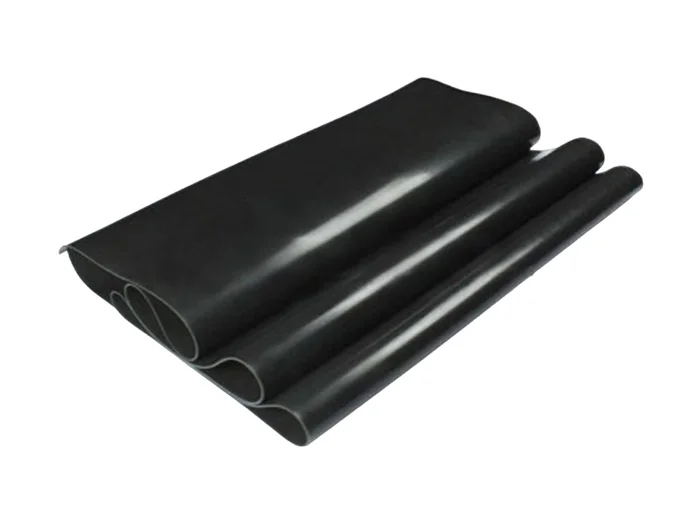In today's eco-conscious world, maximizing paper usage has become a priority for individuals and businesses alike. Double-sided printing is an effective way to reduce paper waste and save costs. However, many people are unaware of how to continue double-sided printing seamlessly. In this blog post, we will explore various methods and techniques to ensure smooth and efficient double-sided printing.
- Understanding Double-Sided Printing:
Before delving into the intricacies of continuing double-sided printing, it is essential to grasp the fundamentals. Double-sided printing, also known as duplex printing, allows you to print on both sides of a sheet of paper. This feature is available on most modern printers and can be accessed through printer settings or software. - Configuring Printer Settings:
To continue double-sided printing, you need to configure your printer settings correctly. Start by accessing the printer properties or preferences menu. Look for the "Duplex" or "Double-Sided" option and select the desired settings. Depending on your printer, you may have options like "Long Edge Binding" or "Short Edge Binding." Experiment with different settings to find the one that suits your needs. - Utilizing Print Preview:
Print preview is a valuable tool that allows you to visualize how your document will appear when printed. Before initiating the print command, always preview your document to ensure proper formatting and alignment. This step is crucial for double-sided printing, as it helps identify any potential issues that may arise when printing on both sides. - Adjusting Margins and Formatting:
To achieve optimal results with double-sided printing, pay attention to margins and formatting. Ensure that your document's content is aligned symmetrically, leaving sufficient space for binding or hole punching. Adjusting margins and formatting will prevent any text or images from being cut off or misplaced during the printing process. - Manual Duplex Printing:
In some cases, your printer may not support automatic double-sided printing. However, you can still continue double-sided printing by employing the manual duplex method. This involves printing one side of the document, flipping the pages, and then printing the other side. Remember to follow the correct page order to maintain document coherence. - Duplex Printing with Special Paper:
Certain types of paper, such as thick or glossy sheets, may pose challenges for double-sided printing. To overcome this, consider using paper specifically designed for duplex printing. These papers have enhanced ink absorption properties and minimize the risk of smudging or bleeding. Consult your printer's manual or manufacturer's website for recommended paper types. - Troubleshooting Common Issues:
Despite your best efforts, you may encounter occasional issues during double-sided printing. Some common problems include paper jams, misaligned pages, or reversed page order. Familiarize yourself with your printer's troubleshooting guide and follow the recommended steps to resolve these issues promptly.
Conclusion:
Double-sided printing is a valuable technique for conserving resources and reducing costs. By understanding the intricacies of double-sided printing and implementing the techniques mentioned above, you can seamlessly continue double-sided printing. Remember to experiment with different settings, utilize print preview, and troubleshoot any issues that may arise. Embrace the power of double-sided printing and contribute to a more sustainable future.



